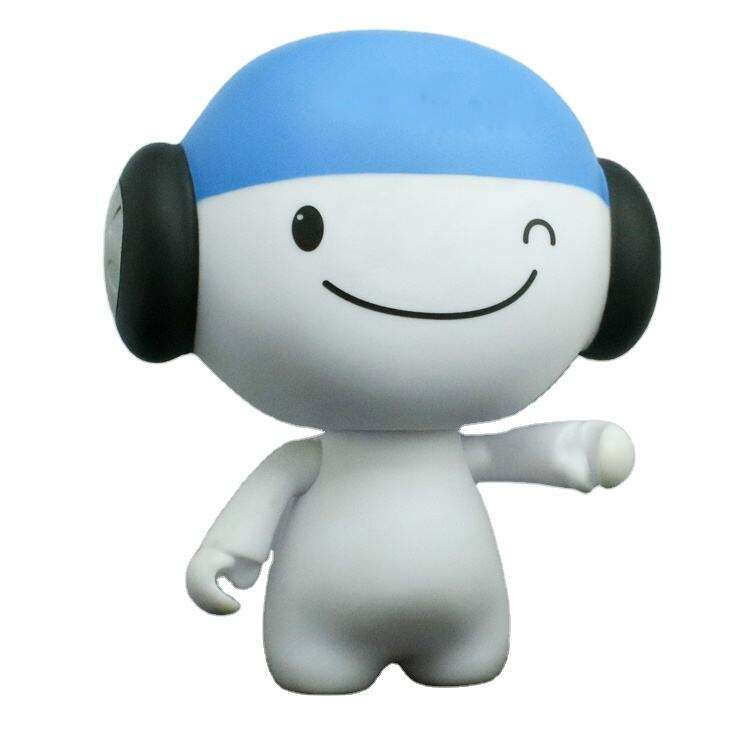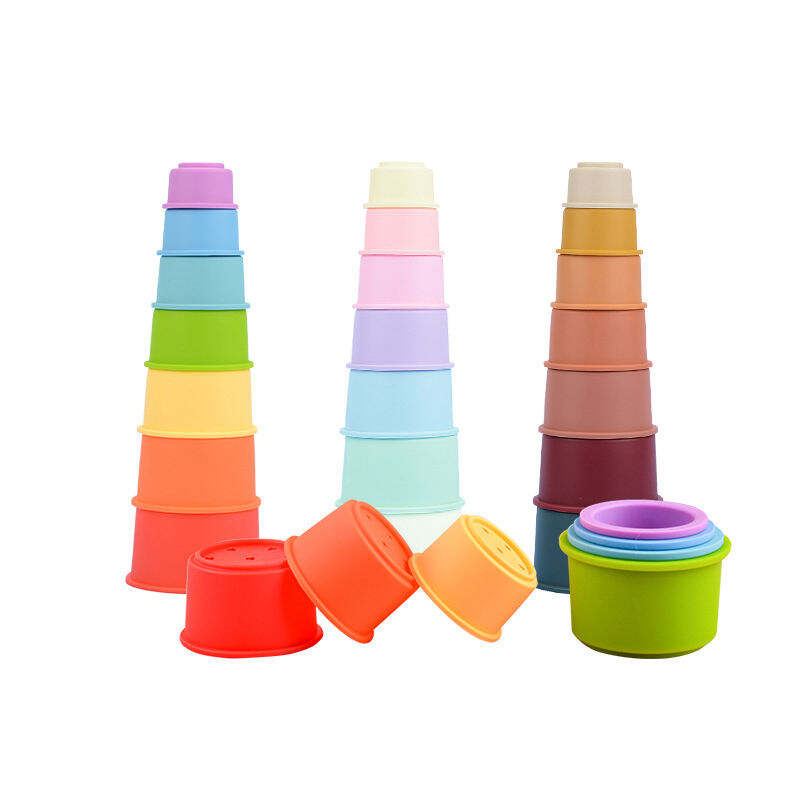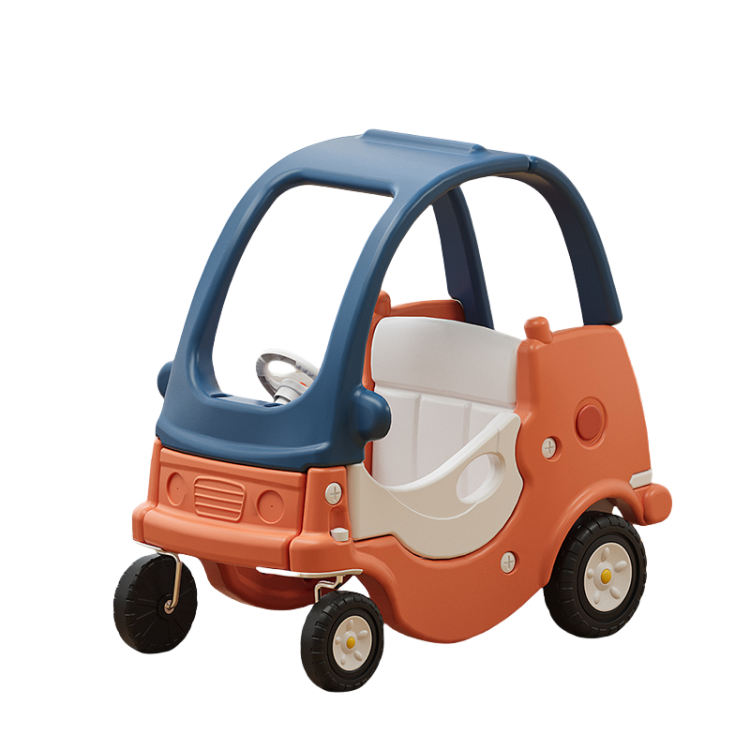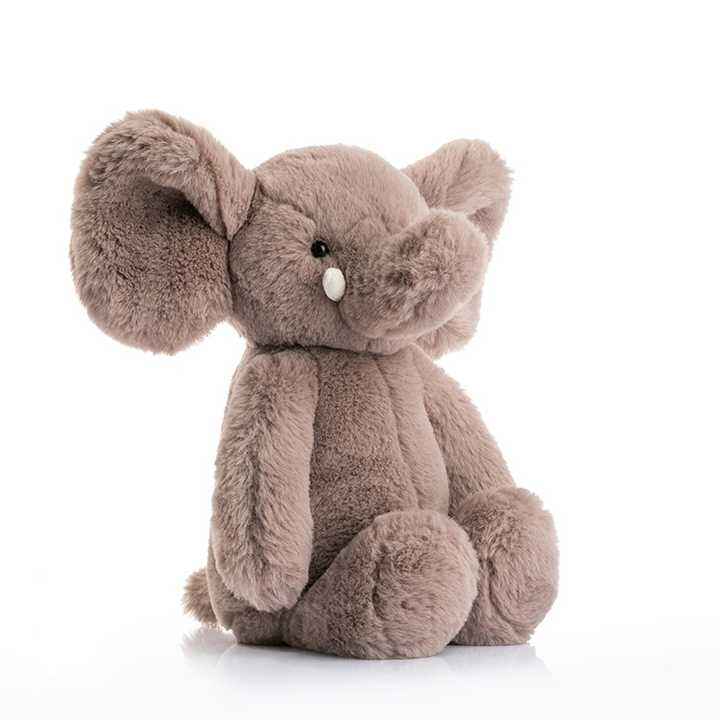Durability Testing for Plastic Toys: Impact Resistance and Longevity
2025
Understanding Impact Resistance in Plastic Toys
Key Metrics for Measuring Impact Resistance
Impact resistance is crucial in the toy industry as it determines the ability of toys to withstand physical forces without breaking. This resistance ensures the toys are safe for children, preventing injuries and financial losses due to recalls. Key metrics for measuring impact resistance include the Drop Height, which assesses the height from which a toy can fall without damage; Impact Force, involving the force applied to the toy during testing; and Energy Absorption Capacity, indicating how much energy the toy can absorb before failing. The ASTM standards, specifically ASTM D256 and ASTM D790, provide comprehensive guidelines to test these metrics in plastic toys, ensuring they meet safety requirements. These standards are critical as they provide a uniform procedure to evaluate a toy's durability.
Common Failure Points in Toy Design
Toy design often faces challenges at various points such as joints, hinges, and mounting points, which can be prone to failure under stress. The structural integrity of these areas is essential to maintain the toy's longevity and safety. Case studies have revealed that design flaws in these components can lead to safety recalls, highlighting the importance of comprehensive testing and evaluation during the design phase. Ensuring structural integrity through meticulous design and testing processes mitigates failure risks and enhances toy durability. Manufacturers must prioritize robust designs that withstand rigorous play, ensuring toys remain safe and reliable over time.
Material Selection for Shock Absorption
Selecting the appropriate material for toys is vital to optimize shock absorption and impact resistance. ABS (Acrylonitrile Butadiene Styrene) and polycarbonate are popular in toy manufacturing due to their excellent shock absorption properties. ABS offers high impact resistance and is cost-effective, making it an ideal choice for durable toys. Data shows that materials like ABS can withstand considerable forces, enhancing toy safety. Additionally, innovative materials such as TPE (Thermoplastic Elastomers) are emerging in the industry, known for their elasticity and ability to disperse impact energy effectively. These materials not only offer enhanced durability but also contribute to the safety and longevity of soft baby toys. Manufacturers must stay informed about advancements in material science to continually improve the safety and durability of their products.
Standardized Durability Testing Methods
Drop Testing Protocols
Standardized drop testing protocols are pivotal in assessing the durability of toys under realistic scenarios. These tests simulate conditions such as drops and falls that toys may encounter during regular use. The protocol typically involves dropping a toy from specified heights, which correlate with the height from which a child might drop it during play. For example, the impact of a toy falling from a table or a child's hand is analyzed to ensure it can withstand such commonplace events without breaking or malfunctioning. Common metrics measured during these tests include failure rates and the extent of damage sustained by the toy. These metrics help manufacturers design and produce toys with enhanced durability that meet safety standards.
Accelerated Wear Simulation
Accelerated wear simulation is a crucial method used to predict the longevity of toys by replicating years of use in a condensed timeframe. This approach allows manufacturers to identify potential weak points and areas prone to wear, ensuring the toy's longevity before it reaches the market. Various methods, including automated machines, mimic repetitive movements and stress levels toys endure over time. Technologies like abrasion testing and mechanical action help simulate wear patterns, assisting manufacturers in improving design and material selection for better durability.
Climate Stress Evaluations
Climate stress evaluations assess how environmental factors like temperature and humidity impact the durability of plastic toys. These evaluations involve exposing toys to extreme temperature conditions and humidity levels to understand their effects on material integrity. Testing procedures often include placing toys in controlled environments that simulate conditions ranging from very cold to very hot, along with high humidity exposure. Statistical data highlights how these factors contribute to accelerated plastic degradation, helping manufacturers select materials that maintain strength and durability across various climate conditions. This ensures that the toys remain reliable regardless of where they are marketed globally.
Factors Influencing Longevity of Plastic Toys
UV Exposure and Material Degradation
UV rays can significantly impact the longevity of plastic toys, causing the materials to become brittle over time. Prolonged exposure to sunlight accelerates this degradation process, making toys lose their flexibility and structural integrity. Studies highlight that materials such as Acrylonitrile Butadiene Styrene (ABS) and High-Density Polyethylene (HDPE) are susceptible, with deterioration rates increasing after continuous UV exposure. To combat this, manufacturers can incorporate UV inhibitors into the plastic during production, which can help maintain the strength and appearance of toys much longer.
Chemical Resistance to Cleaning Agents
Chemical resistance is crucial in determining toy lifespan, as frequent cleaning can affect the materials used in toy manufacturing. Many cleaning agents, especially harsh ones, can degrade plastics if they aren't resistant, leading to cracks and discoloration. Data suggests that materials like ABS exhibit significant resilience to such cleaning agents, thus extending the toy's life. However, the use of eco-friendly cleaning agents is advisable, as they tend to be less aggressive on plastic surfaces, maintaining both safety and durability without compromising the lifespan of toys.
Repeated Stress Fracture Analysis
Repeated stress and strain can eventually lead to fractures in plastic toys, affecting their overall durability. When toys are continuously bent or twisted, they may develop stress fractures over time, which can reduce their functional life span. The fatigue life of materials such as ABS and Polycarbonate (PC) correlates to these usage patterns, showing their endurance across various applications. Studies indicate that failure rates for popular toy designs can vary based on the material's ability to withstand repeated mechanical stress, emphasizing the need to select materials with robust stress fracture resistance for soft baby toys or any toys expected to encounter repeated use.
Safety Compliance & International Standards
ASTM F963 Toy Safety Requirements
The ASTM F963 standard is a crucial guideline for toy safety, specifically to protect children from hazards. It encompasses various requirements, including those related to physical properties that could pose a choking hazard, like small parts and sharp edges. Introduced in 1986 and periodically updated, compliance with ASTM F963 has significantly reduced toy-related accidents. Historical data shows that since its implementation, the number of toy recalls and injuries has decreased, underlining its effectiveness.
EN71 Certification Processes
The EN71 certification is vital for toys marketed in Europe, ensuring they meet essential safety regulations. Comprised of various parts, the certification process assesses mechanical, physical, flammability, and chemical standards. Manufacturers striving for compliance must undergo rigorous testing, often using third-party testing agencies. This helps not only in adhering to legal requirements but also in enhancing consumer trust through certified safety and quality.
Phthalate and BPA Restrictions
Phthalates and Bisphenol A (BPA) are chemicals often used to enhance plastic flexibility, but they pose significant health risks, particularly to children. Restrictions on these substances have been enforced across various regions, like the European Union and the United States, where regulations prohibit their use in toys. Health authorities recommend alternatives such as using phthalate-free plastics and BPA-free materials in the manufacturing process, contributing to safer, more sustainable Baby Soft Toys. Compliance with these restrictions ensures toys are not only durable but also safe for children's health and wellness.
Custom Plastic Toys Built for Durability
Plastic Toys: High-Impact Custom Designs
Incorporating high-impact design into custom plastic toys ensures they endure rigorous play conditions and meet consumer demands for durability. These designs focus on robust construction materials and innovative engineering techniques that impart resilience and longevity to toys meant for active use. Success stories of high-impact toys highlight the strategic use of design and material, resulting in products that retain structural integrity under stress. The market demand for durable toys is reflected in consumer preferences, as parents increasingly seek toys that last longer and align with safety standards.
OEM PVC Action Figures with Enhanced Structural Integrity
PVC material is widely used in the creation of action figures due to its significant benefits for durability and structural integrity. It facilitates the development of robust and detailed figures that endure frequent handling without deforming. Advances in manufacturing processes further enhance the strength and durability of these figures. These figures are crafted to withstand physical stress, ensuring performance longevity and reducing the risk of breakage.
Crash-Tested Toy Cars with Reinforced Frames
Crash-testing protocols for toy cars are critical in certifying their safety and durability. These tests simulate real-world stress conditions, ensuring the reinforced frames withstand impact without compromising the toy's integrity. Designs cater to this need by implementing reinforced structures that enhance the toys' resilience during play. Such robust designs are critical in satisfying consumer demand for safe, crash-tested toys, evidenced by consistent market demand for products that ensure the wellbeing of children without sacrificing quality.
Medical Play Sets Using Chemical-Resistant Polymers
Using chemical-resistant polymers in medical play sets is crucial for enhancing safety and longevity, especially considering the potential exposure to sanitizers and cleaning agents. Specific polymers like polyethylene and polycarbonate are preferred for their durability under frequent sterilization, as highlighted in studies showing increased longevity and safety in toys subjected to chemical resistance testing.
Eco-Friendly Stuffed Animals with Durable Seams
The toy industry is increasingly shifting towards eco-friendly materials, especially in the production of stuffed animals, as consumers seek sustainable options. Aided by durable seam construction, these toys not only last longer but also align with environmentally conscious values. Strong seam techniques enhance product longevity and satisfy consumer demand for sustainable, eco-conscious toys.

 EN
EN
 AR
AR
 CS
CS
 DA
DA
 NL
NL
 FI
FI
 FR
FR
 DE
DE
 EL
EL
 IT
IT
 JA
JA
 KO
KO
 NO
NO
 PL
PL
 PT
PT
 RU
RU
 ES
ES
 SV
SV
 IW
IW
 UK
UK
 TR
TR
 AF
AF
 GA
GA
 IS
IS
 LA
LA






